Valve actuation is the use of a valve actuator, a device that opens and closes a valve. It plays a crucial role in the industrial process. There are three main varieties of actuated ball valves and these are mechanical, electrical, and hydraulic.
Actuators for ball valves
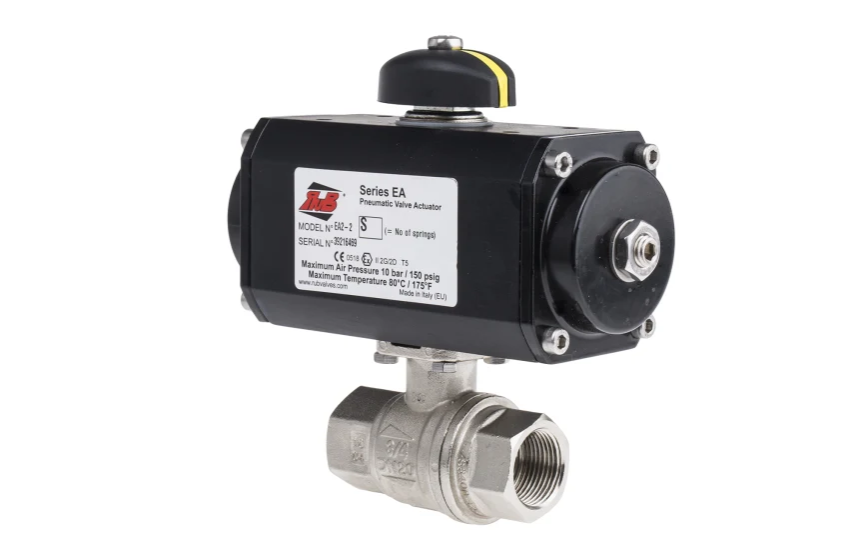
Source: RS Components
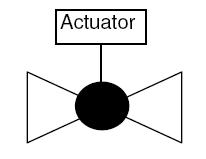
Source: EnggCyclopedia
According to Wikipedia, valve actuator is a crucial component in an industrial environment. The actuator is responsible in opening and closing a valve which plays a key role in the industrial process.
hydraulic valve actuators
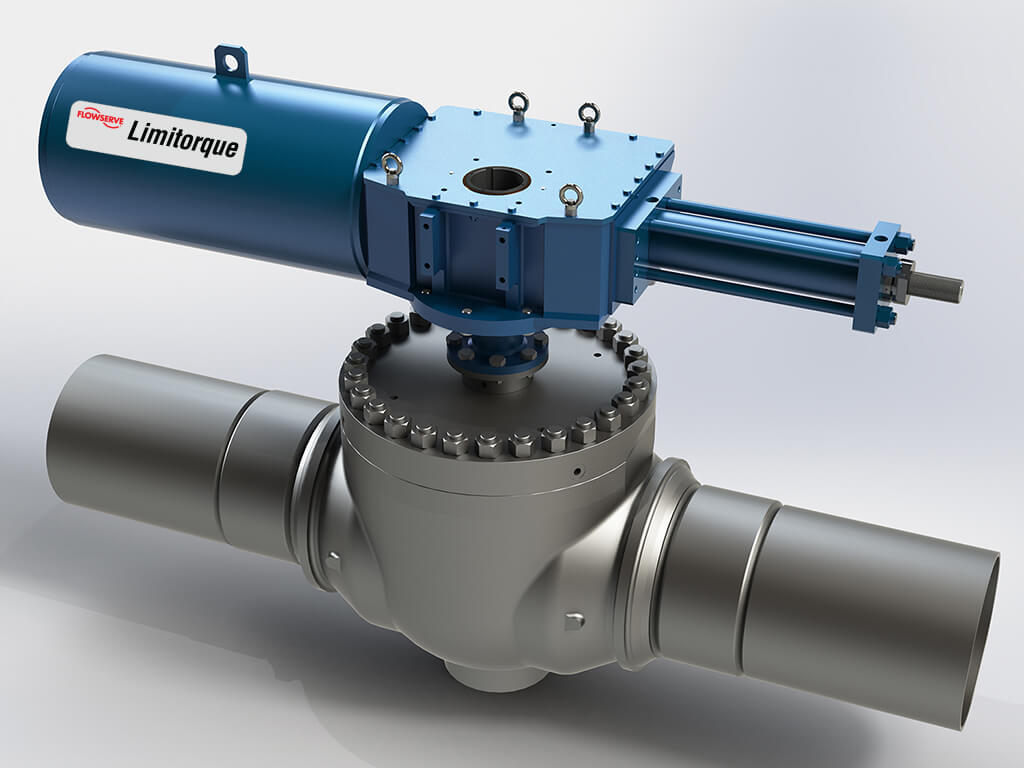
Source: Inst Tools
Hydraulic valve actuator utilize fluid in their mechanism. To elaborate, fluid plays a key component in the mechanical process of converting energy. This process enables a force that moves the piston which is responsible in opening and closing a valve.Pneumatic variant requires air pressure while hydraulic requires fluid.
However, the maintenance of the hydraulic supply system is pretty costly. Its quick operation may cause a faster soilage of the machine; thus, routinely check-ups should be done.
electric valve actuators
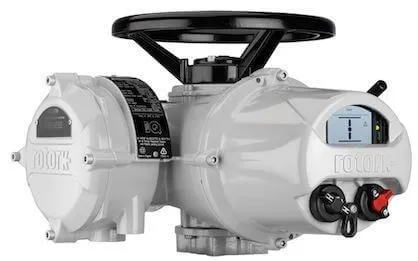
Source: Inst Tools
An electric valve actuator utilizes electricity in its mechanism. Unlike hydraulic and pneumatic actuators, it can operate without the presence of fluid and air pressure; making it perfect for environments with low temperatures where air and fluid may be rendered unusable.
Since it is powered by electricity, it can produce huge amounts of torque. With that, it comes with constant and configurable operating speeds.
A few cons to look out for are that it is a potential fire hazard due to the present variable, has slower operational speeds compared to other types, and tends to be costlier.
Manual valve actuators
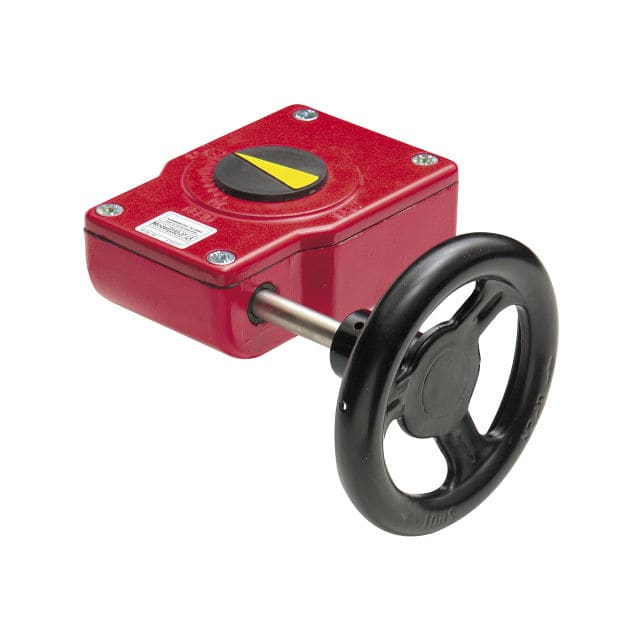
Source: Direct Industry
Hand-operated levers or wheels engage a series of gears to open or close the valve in manual valve actuators. Manual valve actuators are limited to applications where automated or remote valve control is not required, despite their low cost and ease of use.
pneumatic actuators
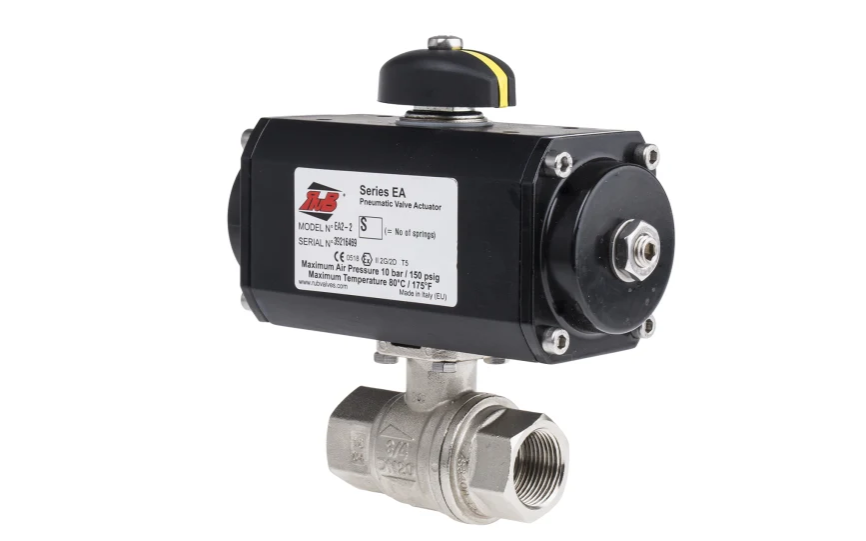
Source: RS Components
Pneumatic valve actuators convert the energy in compressed air into mechanical motion, allowing for automatic or semi-automatic valve operation. They function by containing the air within a chamber and allowing it to expand, resulting in a pressure difference between the inside and outside of the chamber. The air is energized by the pressure differential. It can then be directed away from the chamber and toward the mechanical component that opens and closes the valve.
pneumatically actuated ball valves: types, symbols, and working principles
Pneumatic valve actuators are frequently found in oil refineries, chemical plants, power plants, water treatment, marine terminals and mining.
When compressed air is available in refineries, chemical plants, and pipeline compressor stations, the features and capabilities of on and off ball valve with pneumatic actuator are usually more advantageous. This is due to its working principle that match well where compressed air is frequent.
Rotary actuators
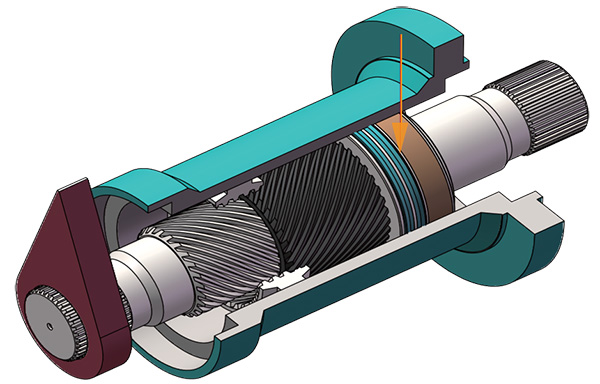
Source: Rotaru Cylinder
A mechanical device that converts electric, hydraulic, or pneumatic energy into rotary motion is known as a rotary valve actuator. This type of actuator is typically defined in degrees and revolves on a circular path. It can be set to finite or infinite, depending on the needs of the customer.
Double-acting valves
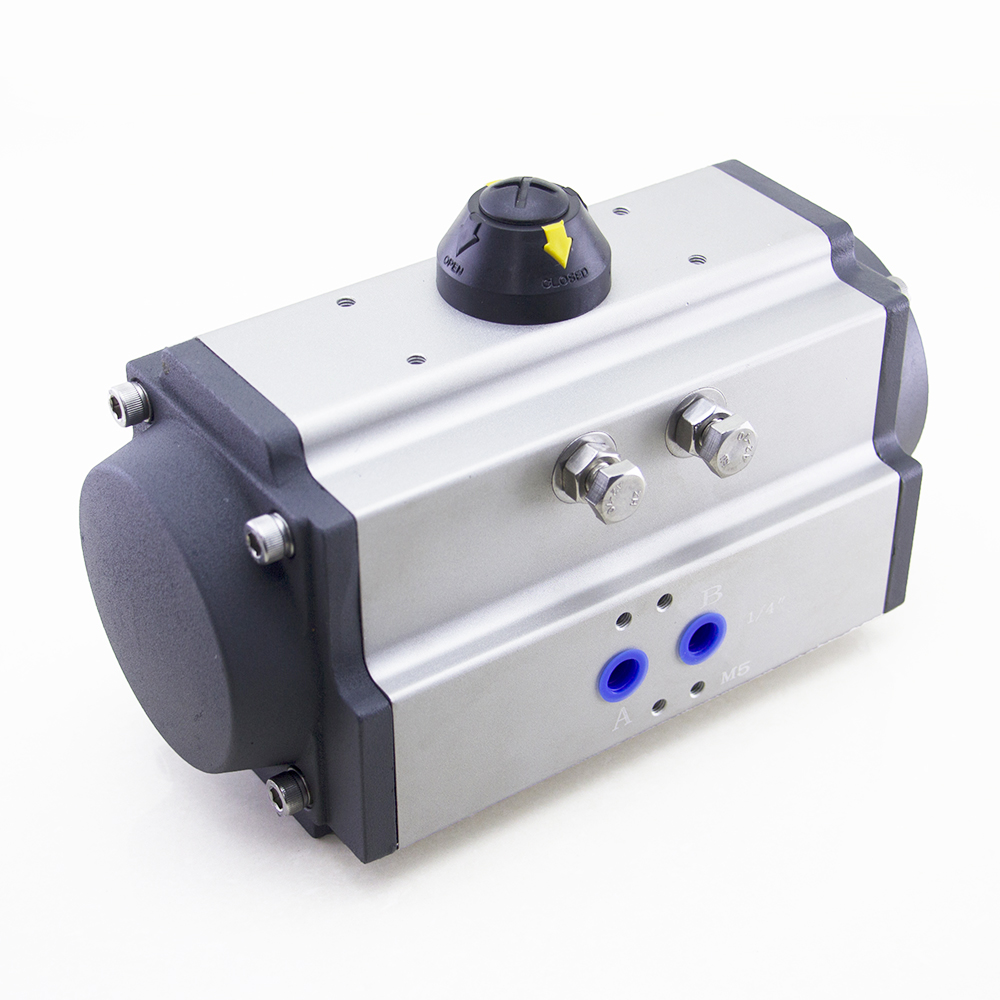
Source: Alibaba
Air is supplied to both sides of the piston in a double-acting actuator. Higher air pressure on either side causes the valve to open and close. A single-acting actuator, on the other hand, receives air on one side and uses one or more springs to return the piston to its original position.
Spring return valves
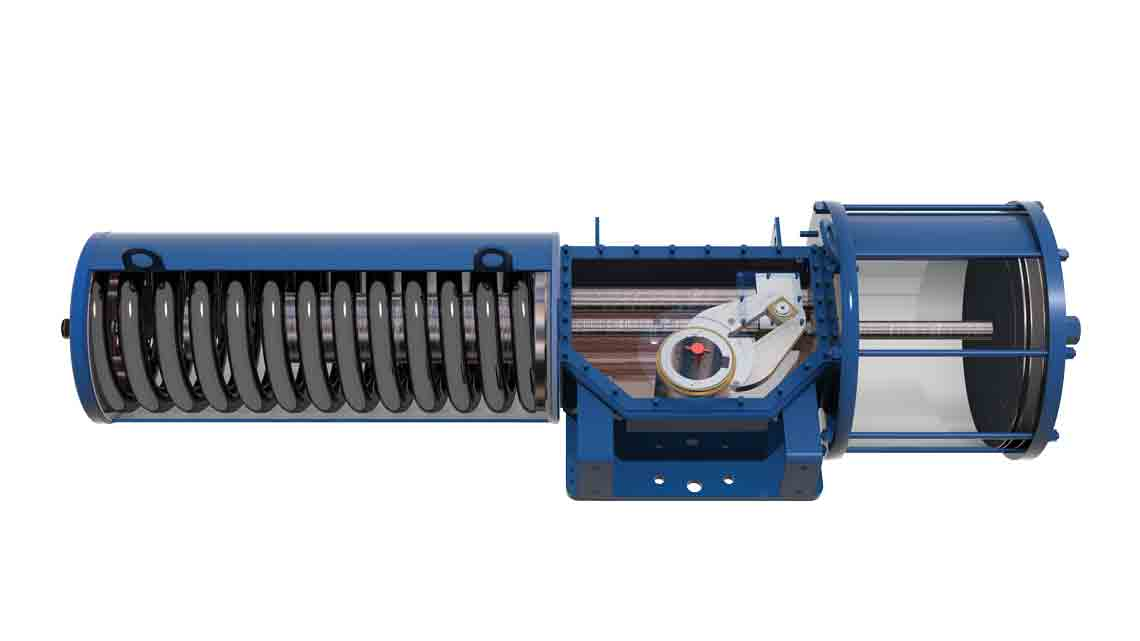
Source: Schlumberger
Spring-return actuators have only one side of the piston supplied with air or liquid, and the energy to move the mechanisms is provided by a spring on the opposite side. The valve is opened or closed using pneumatic or hydraulic pressure from the air or liquid, and the opposite motion is controlled by a spring.
Solenoid valves
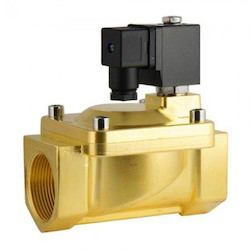
Source: Tameson
The solenoid operates on the “electromagnetism” principle. When current flows inside a coil, a magnetic field can be generated in it; the concentration on the core of the flux of magnetic lines is the result when a metal core is situated in a coil, increasing the coil’s induction when compared to an air core.
Common on and off-ball valves with pneumatic actuator
One of the few misconceptions is that actuators and ball valves come in one. Ball valves pair with actuators, making them separate from one another. Actuators, like pneumatic, open and close ball valves. Furthermore, there are two types of pneumatic actuators and these are:
- Scotch Yoke (dual)
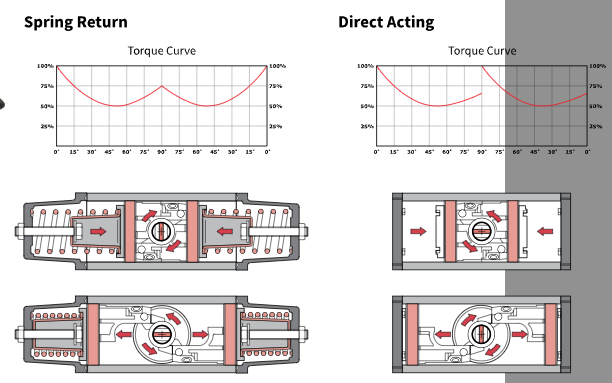
Source: Assured Automation
- Rack-n-Pinion (dual)
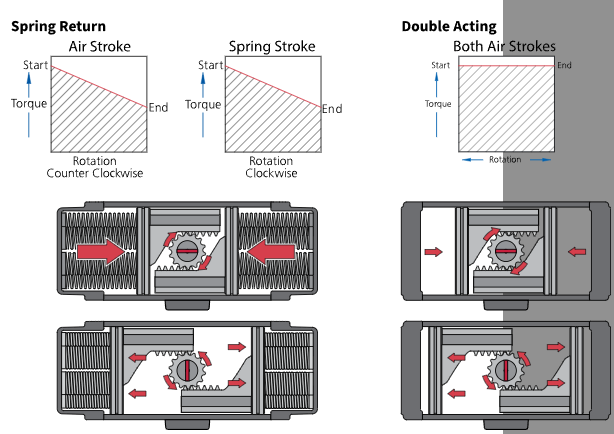
Source: Assured Automation
They both perform the same rotational operation on quarter-turn ball valves, but they do so in a different mechanical manner. Both are available in spring return and double (direct) acting configurations. When power or supply air is lost, spring return pneumatic actuators will return to a “fail-safe position.” That position could be open or closed, depending on what is best for the system. When power or supply air is lost, double-acting pneumatic ball valves simply remain in their current position.
2-air actuated ball valve
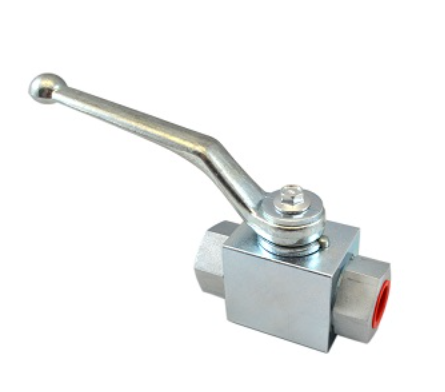
Source: XHVAL
2-air actuated ball valve or double acting ball valve are your best option thanks to their affordability and durability. Because the absence of mechanical springs in most models eliminates the least durable component in the actuator, double-acting actuators are chosen for their lower cost and superior longevity. A high-quality double-acting actuator can often cycle millions of times before failing.
3-way pneumatic ball valve
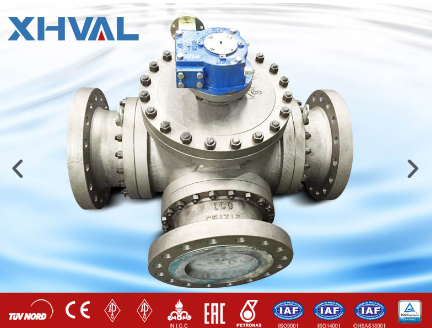
Source: XHVAL
The 3-way ball valve is intended for use in a system with a constant flow of water. In systems where fluid mixing and diversion are required, the use of 2-way valves will necessitate the use of additional accessories.
Stainless steel pneumatic ball valve
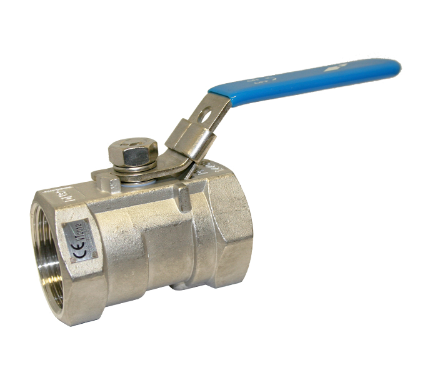
Source: XHVAL
Stainless steel pneumatic ball valve endures longer. Because valves are designed to open and close, corrosion can be a major issue. When there is too much corrosion, a Ball Valve may break or become immobile. Stainless Steel Ball Valves will fare much better in harsher water conditions. This will result in a more durable valve.
pneumatic actuated ball valve manufacturers
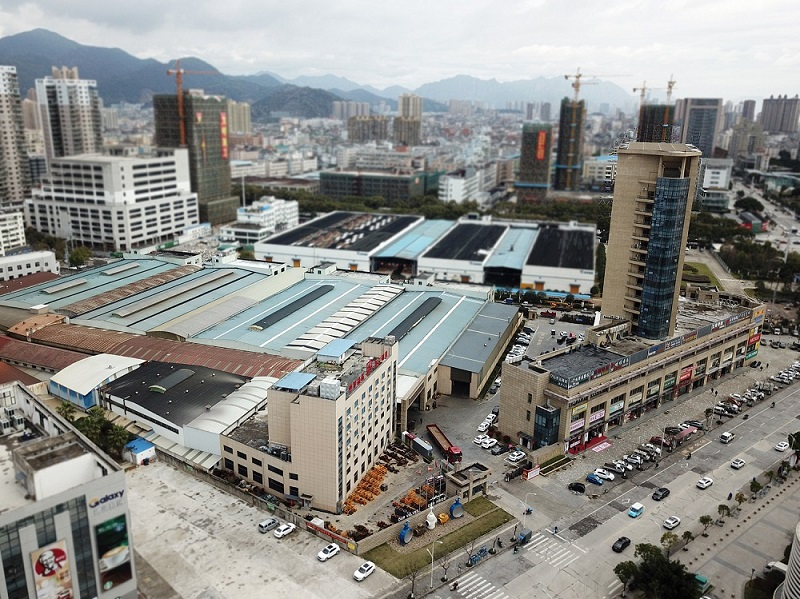
Source: XHVAL
A valve manufacturer is considered a perfect option when there is quality control, well-suited after services such as maintenance, and their conformity to safety standards. XHVAL valve manufacturer is business established for 31 years in China, the business center of industrialization.
Electrically actuated ball valve: symbol and working principle
The operating principle of the electric motor generates torque, which is transmitted to the valve stem via a shaft. This causes the ball valve to rotate. A gear system is connected to the electric motor shaft to achieve the required torque. The torque capacity is an important consideration when choosing an actuator. This option is well-suited in work environments where pneumatic and hydraulic are rendered unusable.
| PROS | CONS |
|---|---|
| Does not cater to compressed air, so it’s more flexible than a pneumatic actuator Less pricey than other actuators Operates quietly Lengthier longevity compared to pneumatic actuators |
May be fire-hazard because of the presence of electricity in its mechanism In the long run, it may tend to be higher in costs as it will require routine maintenance |
How do electrically actuated valve work?
A motor and gear train power electric actuators (also known as motorized or rotary ball valves). These are the most commonly used ball valve automation options. Electric actuators are used when there is no air supply to power pneumatic devices.
pneumatically actuated ball valves vs electrically: how to choose
- Power source
Power sources vary among pneumatic actuators and electric actuators. This is due to the presence of compressed air in the former, and the use of electricity in the latter.
- Speed
In terms of speed, pneumatic actuators tend to be quicker, however, this would mean shorter longevity as speed cause more cycle counts. On the other hand, electric actuators tend to be slower, but this is a benefit in their longevity as slower speeds require fewer cycle counts. Weighing these variables is a crucial component in choosing between the two.
- Duty cycle
As mentioned earlier, duty cycles between these two types vary in their speed. The speed directly affects the duty cycle counts of the actuator.
- Safety features/ standard
Normally, pneumatic actuators tend to be safer as there is no fire-hazard present in their mechanism. However, some situations call for the need for an electric actuator especially when there is a lack or no presence of compressed air at all. So, electric actuators tend to fall short of safety standards.
Other actuated valve types: hydraulic actuator valve
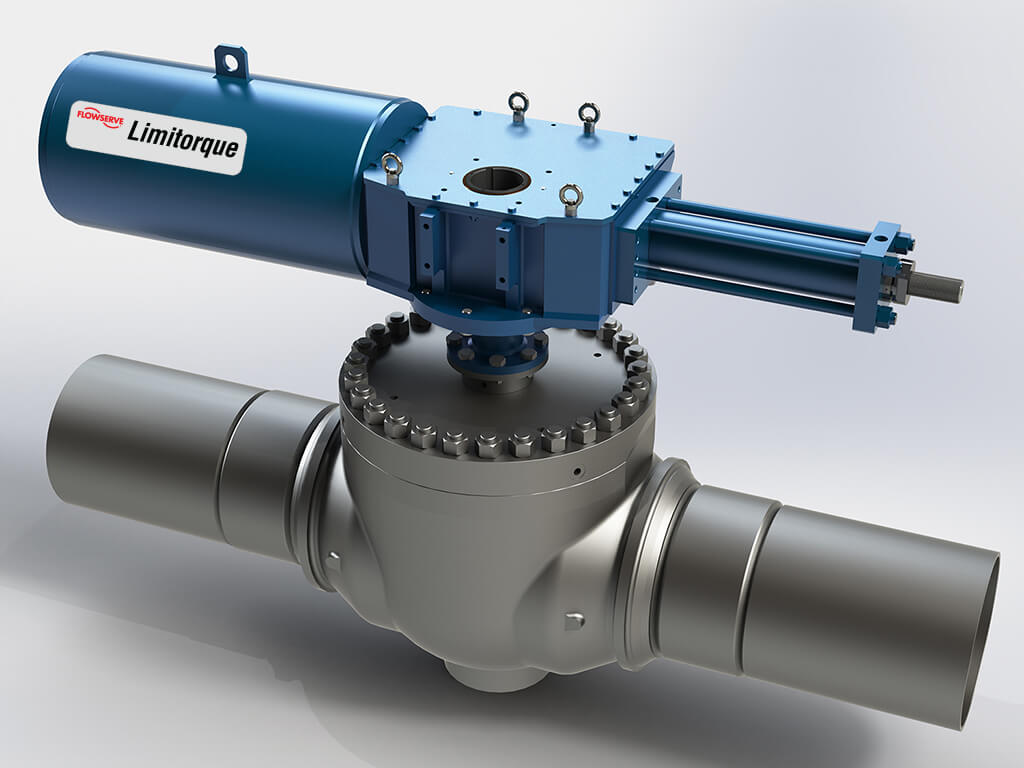
Source: Inst Tools
Fluid pressure is converted into motion by hydraulic actuators. They are used on linear or quarter-turn valves in the same way that pneumatic actuators are. Fluid pressure acting on a piston provides linear thrust for gate or globe valves. A quarter-turn actuator generates torque in order to provide rotary motion to a quarter-turn valve.
Control valve actuation
You may have noticed the focus of this article on how actuators perform with ball valves. To expand on the capabilities of actuators, other valves that pair well are globe valves, check valves, gate valves, and butterfly valves. These variants differ in how each stem is at work. For example, control valves are linear because its stem moves in an upward and downward motion. The globe valve is considered to be linear, as it is under the control valve.
As discussed earlier, the different types of actuators, mainly pneumatic, hydraulic, and electric utilize different variables such as air pressure, electricity, and fluids. All these types can cater to the different types of valves mentioned above.
